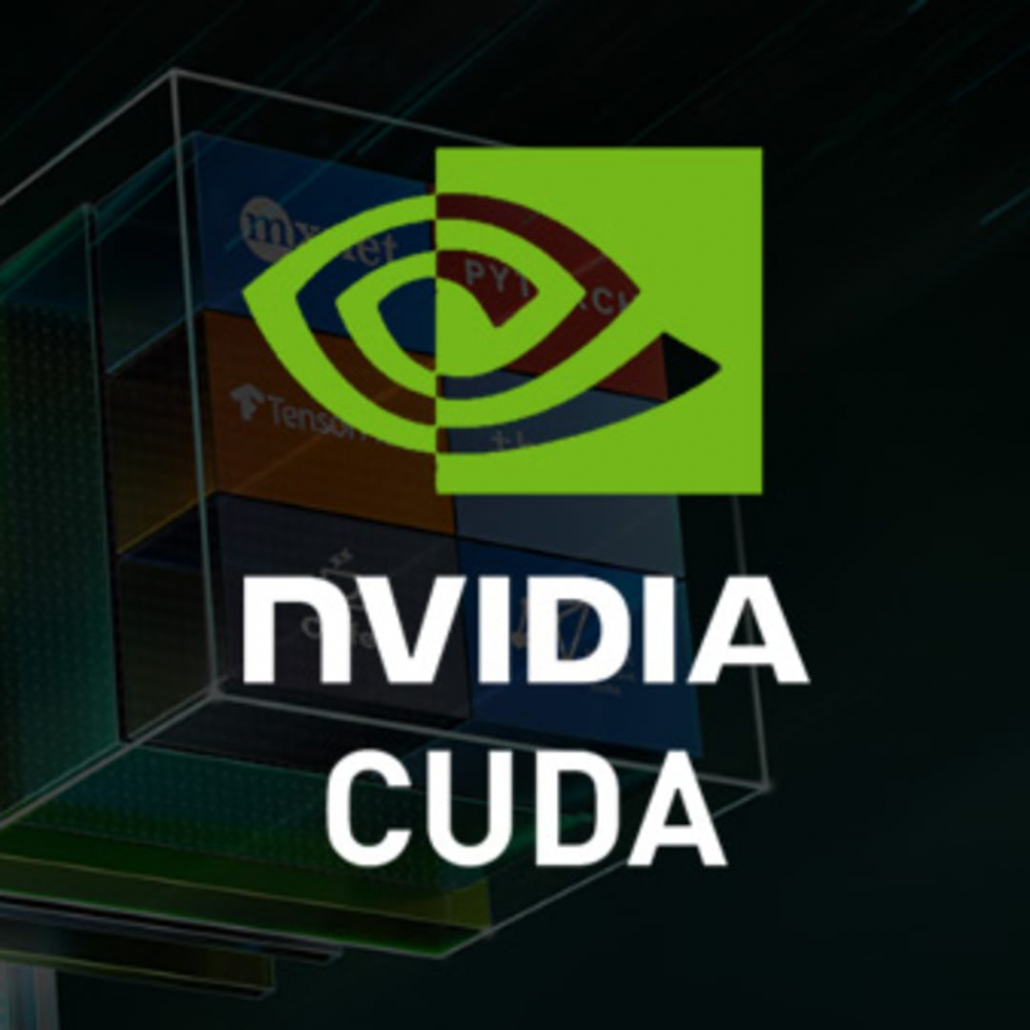Fundamentals of Accelerated Computing with CUDA C/C++
Instructor: Asoc. prof. Dr. sc. ing. Arnis Lektauers (NVIDIA Ambassador in Latvia).
Prerequisites:
- Basic C/C++ competency, including familiarity with variable types, loops, conditional statements, functions, and array manipulations;
- No previous knowledge of CUDA programming is assumed.
Duration: 8h
Format: Training course
Certificate: Upon successful completion of the assessment, participants will receive an NVIDIA DLI certificate to recognize their subject matter competency and support professional career growth.
Hardware Requirements: Desktop or laptop computer capable of running the latest version of Chrome or Firefox. Each participant will be provided with dedicated access to a fully configured, GPU-accelerated server in the cloud.
Aims and tasks of the course
At the conclusion of the workshop, you’ll have an understanding of the fundamental tools and techniques for GPU-accelerating C/C++ applications with CUDA and be able to:
Topics
1. Accelerating Applications with CUDA C/C++.Learn the essential syntax and concepts to be able to write GPU-enabled C/C++ applications with CUDA:
2. Managing Accelerated Application Memory with CUDA C/C++.Learn the command-line profiler and CUDA-managed memory, focusing on observation-driven application improvements and a deep understanding of managed memory behavior:
3. Asynchronous Streaming and Visual Profiling for Accelerated Applications with CUDA C/C++.Identify opportunities for improved memory management and instruction-level parallelism:
4. Final review:


